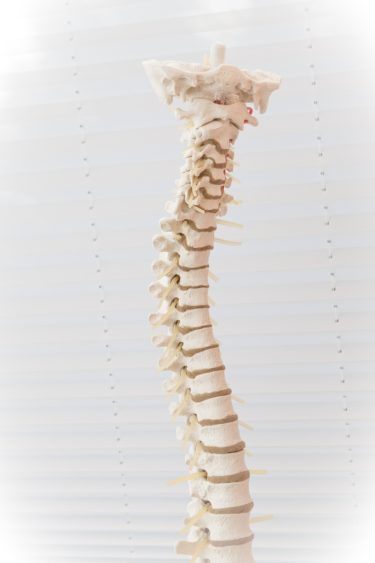These days, I live much of my time in France – Brittany, to be more precise – and I am often baffled by the number of osteopaths and the extraordinarily high level of acceptance of osteopathy in this country. The public seems to believe every word of the nonsense osteopaths claim and even most doctors seem to have given up objecting to their almost invariably unfounded claims.
The website of the Institute of Osteopathy in Renne is but one of many examples. The Institute tells us the following (my translation):
The effectiveness of osteopathy is based on the practitioner’s palpatory precision. It requires training that is essentially oriented towards diagnostic and therapeutic practice. The acquisition of this osteopathic know-how is done by learning:
– Anatomy, physiology and kinesiology of the human body
– The semiology of alterations in the state of health
– Specific tests and assessments on all parts of the body …
Osteopathy is a primary care profession: the patient consults the osteopath without a medical prescription. By taking a history, including the patient’s background and reason for consultation, the osteopath carries out check-ups and clinical tests in order to establish an appropriate osteopathic treatment …
In addition to back pain, the osteopath can act on functional disorders of the digestive, neurological, cardiovascular systems or conditions related to ear, nose and throat. Osteopaths can promote recovery in athletes, relieve migraines, musculoskeletal disorders such as tendonitis, or treat sleep disorders. Less known for its preventive aspect, osteopathy also helps maintain good health. It can be effective even when everything is going well because it will prevent the appearance of pain. Osteopathy is, in fact, a manual medicine that allows the rebalancing of the major systems of the body, whatever the age of the patient and his problems. The osteopath looks for the root cause of your complaint in order to develop a curative and preventive treatment.
Who are osteopathic consultations for?
Osteopathic consultations at the Institute of Osteopathy of Rennes-Bretagne are intended for the following types of patients and pathologies:
BABY / CHILD – GERD (gastric reflux), plagiocephaly (cranial deformities), recurrent ENT disorders (sinusitis, ear infections…), digestive, sleep and behavioural disorders, motor delay, following a difficult birth…
ADULT – Prevention, comfort treatment of osteoarthritis, musculoskeletal pain, functional abdominal pain, digestive disorders, headaches, dizziness, postural deficiency, facial pains…
PREGNANT WOMAN – Musculoskeletal pain (lumbago, back pain), digestive disorders, preparation for childbirth, post-partum check-up.
COMPANY – Prevention and treatment of MSDs (musculoskeletal disorders) linked to workstation ergonomics, stress, pain due to repetitive movements, poor posture at work, etc.
ADOLESCENT – Scoliosis, prevention of certain pathologies linked to growth, fatigue, stress, follow-up of orthodontic treatment.
SPORTSMAN – Musculoskeletal pain, tendonitis, osteopathic preparation for competition, osteopathic assessment according to the sport practised, repetitive injury.

In case you are not familiar with the evidence for osteopathy, let me tell you that the vast majority of the claims made in the above text is not supported by anything that even vaguely resembles sound evidence.
So, how can we explain that, in France, osteopathy is allowed to thrive in a virtually evidence-free space?
Osteopathy started developing in France during the 1950s. But the breakthrough came only in 2002, when osteopathy received legislative recognition, and today, it is booming; between 2016 and 2018, 3,589 osteopaths were trained in France. The regulation of osteopathy differs from that in the UK. In France, osteopaths can qualify with a Doctorate in Osteopathic Medicine (DO) and become osteopathic doctors, osteopathic physiotherapists, osteopathic nurses, osteopathic midwives, osteopathic chiropodists, or even osteopathic dentists.
Of a total of 29,612 professionals practising osteopathy in 2018, there were 17,897 ‘DO’ osteopaths and 11,715 ‘DO’s belonging to other health professions. The number of professionals using the title of osteopath has roughly tripled in 8 years (11,608 in 2010 for 29,612 in 2018). There are currently around 30 osteopathic schools in France, and an estimated three out of five French people now consult osteopaths.
But this does not stop my amazement; on the contrary, it only increases it. And it fails to answer my question as to why osteopathy is allowed to thrive in France, while multiple rigorous studies conducted by French investigators confirm that osteopathic spinal manipulation is a placebo therapy.
To be honest, I do not know the answer. In case someone else does, please let me know.



